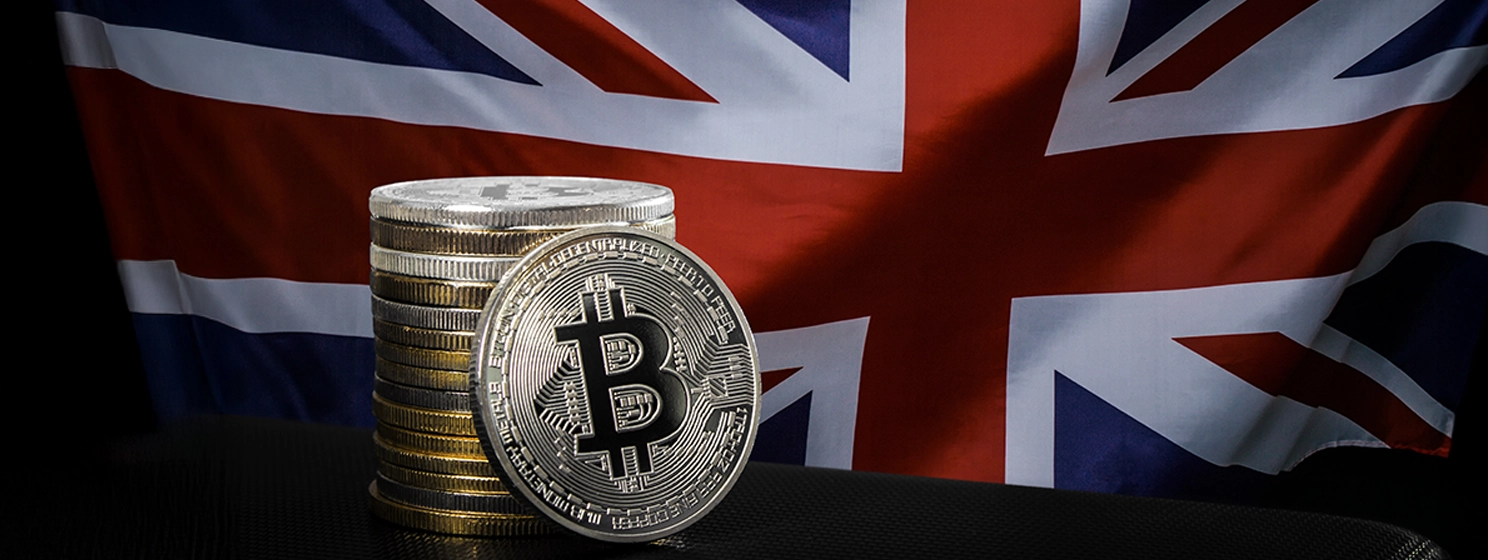|
Getting your Trinity Audio player ready...
|
The Supreme Court of India refused to consider a petition seeking the creation of a regulatory structure for digital assets, according to media reports.
During the hearing, the bench, consisting of Justices BR Gavai and Augustine George Masih, made it clear that the court could not intervene in matters that fall under the purview of the legislature and executive.
Representing the petitioners, the advocate highlighted the growing number of complaints about ‘cryptocurrency’ transactions being filed nationwide. The petition urged the court to direct the central government to formulate and implement specific regulations for digital currencies, given the current absence of dedicated laws in this space.
However, Justice Gavai questioned the court’s jurisdiction in such matters. The bench reiterated that the subject matter of the petition involved legislative and executive discretion, and therefore, the judiciary had limited scope for intervention. As a result, the court chose not to admit the plea.
Nonetheless, the justices advised the petitioners that they were free to submit their concerns and suggestions to the Government of India. They could present a formal representation to the appropriate governmental authority for further consideration if desired.
In December 2024, the Indian government announced that there is no fixed timeline for introducing comprehensive regulatory guidelines for virtual digital assets (VDAs) in the country. As a result, the legal status of digital currency continues to be in limbo, with no specific legislation governing digital currency-based businesses in the country.
The Supreme Court’s direction comes when India, the world’s biggest democracy, has turned a deaf ear to the digital asset industry’s requests to reduce taxation on digital asset trading.
India’s digital asset exchange landscape is poised for major consolidation in 2025, with smaller platforms expected to either cease operations or merge with larger competitors. This shift is largely driven by the country’s stringent tax policies on cryptocurrencies and other digital assets. Since April 2022, a flat 30% tax has been levied on all digital asset income, and from July 2022, a 1% tax deducted at source (TDS) has been applied to transactions exceeding ₹10,000 (approximately US$117). Additionally, traders cannot offset losses against gains, further tightening the financial strain.
According to a study by Esya Centre, a New Delhi-based policy think tank, these tax measures could result in a projected loss of $1.2 trillion in trading volume on Indian exchanges over the coming years. The study also notes that roughly $3.85 billion in digital asset trading activity has already shifted to overseas platforms, as investors seek to escape India’s harsh tax environment.
In response, the domestic Web3 industry has repeatedly urged the government to introduce fairer regulations for virtual digital assets (VDAs). Their proposals include reducing the TDS rate from 1% to 0.01%, permitting the offset and carry-forward of losses, and aligning the taxation of VDAs with that of other capital assets. Despite these appeals, the government has yet to respond or implement any changes.
Sumit Gupta, co-founder of CoinDCX, India’s first digital currency unicorn, said in an emailed statement: “India stands at a pivotal crossroads in the global digital asset economy. With its tech-savvy youth, thriving developer base, and increasing crypto adoption, the country is well-positioned to lead the Web3 revolution.”
“But to convert this potential into lasting leadership, regulatory clarity is now imperative. A structured discussion paper—outlining regulatory objectives, risks, and pathways—must be the first step. Equally essential is the creation of multi-agency roundtables involving RBI, SEBI, MeitY, and FIU to institutionalize dialogue and ensure coordinated policymaking,” Gupta pointed out.
In July 2024, CoinDCX listed the BSV token for trading on its platform, allowing users to have more ways to buy, sell, and trade BSV. With CoinDCX’s close to 15 million registered users, the listing marks a significant expansion into the Indian market for BSV and demonstrates its potential and possibility in the region.
“Expanding regulatory sandboxes to include crypto exchanges, stablecoin pilots, and emerging DeFi applications will foster innovation while managing systemic risk. The U.S. has demonstrated that credible frameworks begin with open and inclusive consultation. India must act decisively, or risk ceding its first-mover advantage to more agile jurisdictions,” Gupta added.WazirX relaunch on track
WazirX, once India’s largest digital asset exchange by trade volume, which suffered a $234 million hack in July 2024, has announced that it is preparing to resume operations, pending a court ruling on May 13 regarding its proposed restructuring and compensation plan for affected users.
In an update shared on April 21, WazirX stated that if the Singapore High Court approves the plan, its parent company, Zettai PTE Ltd, will relaunch the platform and initiate user reimbursements within 10 business days of the decision.
“We understand the eagerness around the platform restart and truly appreciate your continued patience. Since the beginning, we have communicated that the first distribution and restart would occur within the April–May 2025 window,” WazirX said.
“While we’ve worked to stay aligned with the previously shared timelines, court proceedings operate independently, and we respect that process. After the Scheme is sanctioned, the first distribution and restart will follow within 10 business days from the Effective Scheme Date, as outlined earlier,” WazirX added.
The breach occurred in mid-July 2024 when approximately $234 million in digital assets were drained from a Safe Multisig wallet. North Korea’s Lazarus Group was responsible for the WazirX hack. Following the attack, WazirX was forced to temporarily suspend both ‘cryptocurrency’ and Indian rupee withdrawals as a precautionary measure.
Countering terrorism financing through ‘crypto’
Meanwhile, India’s Department of Revenue (DoR), in collaboration with the Ministry of External Affairs (MEA) and the National Security Council Secretariat (NSCS), organized the first-ever Capacity Building Programme for Central Asian Republics (CARs) on ‘Countering the Financing of Terrorism (CFT) through Cryptocurrencies, Crowdfunding, and Non-Profit Organisations.’
Bringing together senior officials from five Central Asian nations—Uzbekistan, Turkmenistan, Kazakhstan, Tajikistan, and Kyrgyzstan—the initiative provided a strategic platform for fostering regional collaboration and sharing expertise in combating terrorism financing, a statement by the Ministry of Finance stated.
The program featured a comprehensive series of sessions led by Indian government bodies, including the Financial Action Task Force (FATF) Cell under the Department of Revenue, the Ministry of Home Affairs, the National Investigation Agency (NIA), and the Financial Intelligence Unit–India (FIU-IND). An Eurasian Group (EAG) expert, a regional body modeled on FATF, also contributed critical perspectives on Anti-Money Laundering and Countering the Financing of Terrorism (AML/CFT), particularly concerning non-profits and virtual digital assets.
Tailored to address the challenges faced by the Central Asian region, the initiative aimed to enhance technical capabilities and improve awareness of evolving threats linked to terrorism financing. Through engaging discussions, practical case studies, and the exchange of best practices, the program encouraged a united approach to addressing these pressing security issues.
The technical sessions covered a wide range of topics, such as leveraging financial intelligence in counter-terrorism investigations, the increasing misuse of virtual asset service providers (VASPs), and the role of online crowdfunding in financing illicit activities. Additional areas of focus included the financial pathways supporting radicalization and the exploitation of Non-Profit Organizations (NPOs) for extremist purposes.
Watch: Exploring use cases for blockchain in India

 12-28-2025
12-28-2025 




